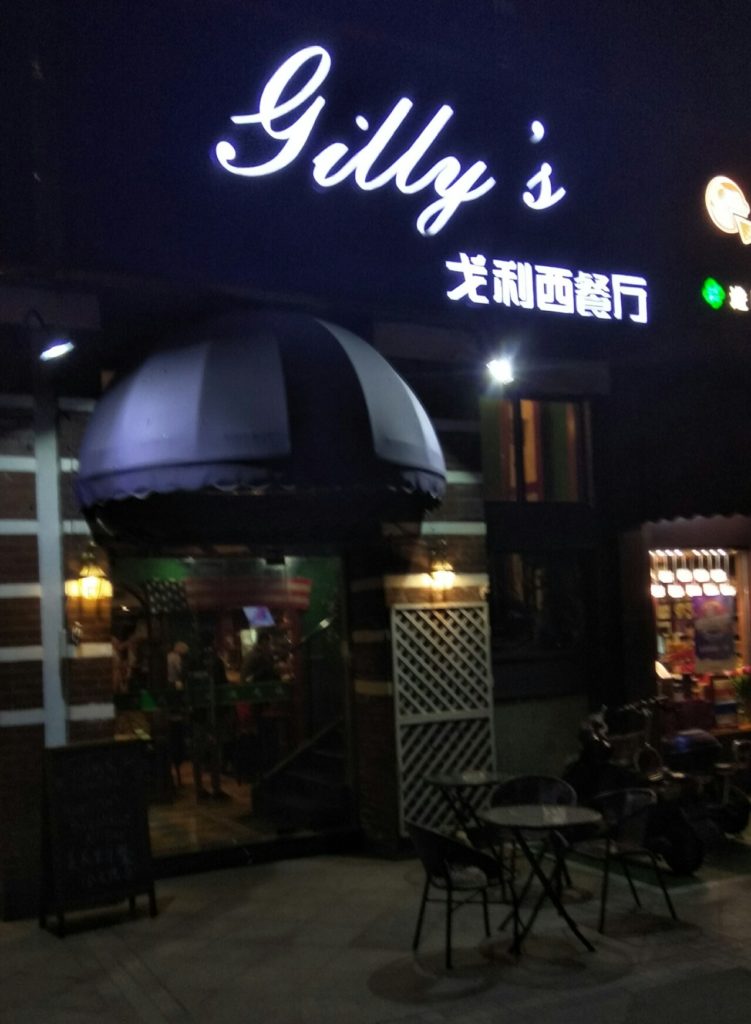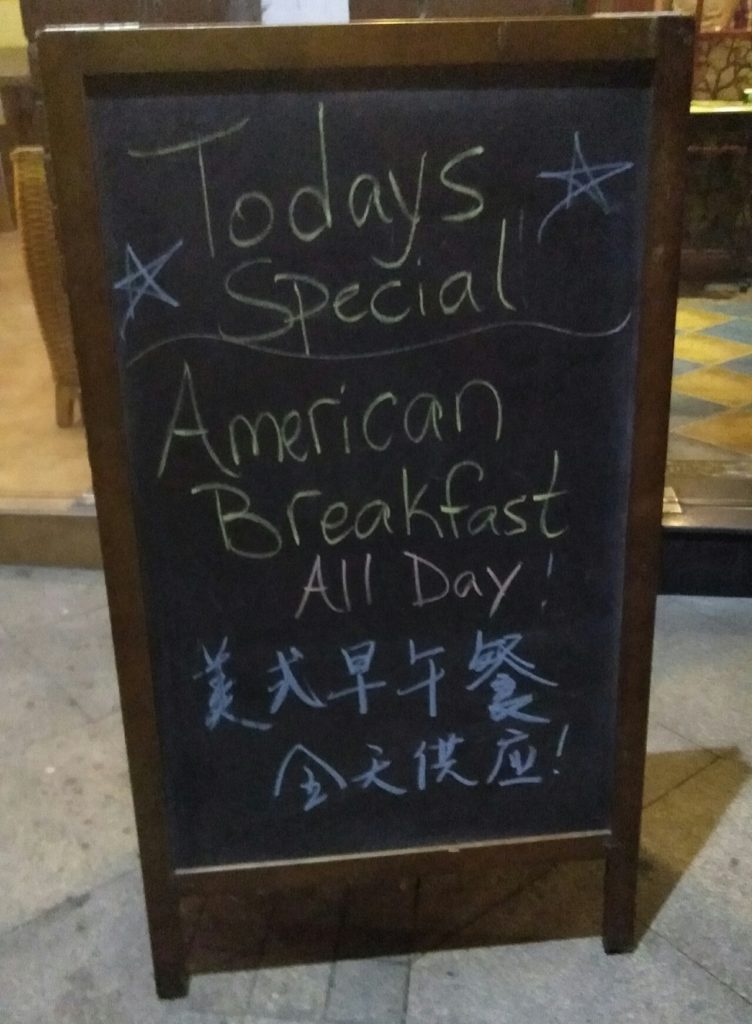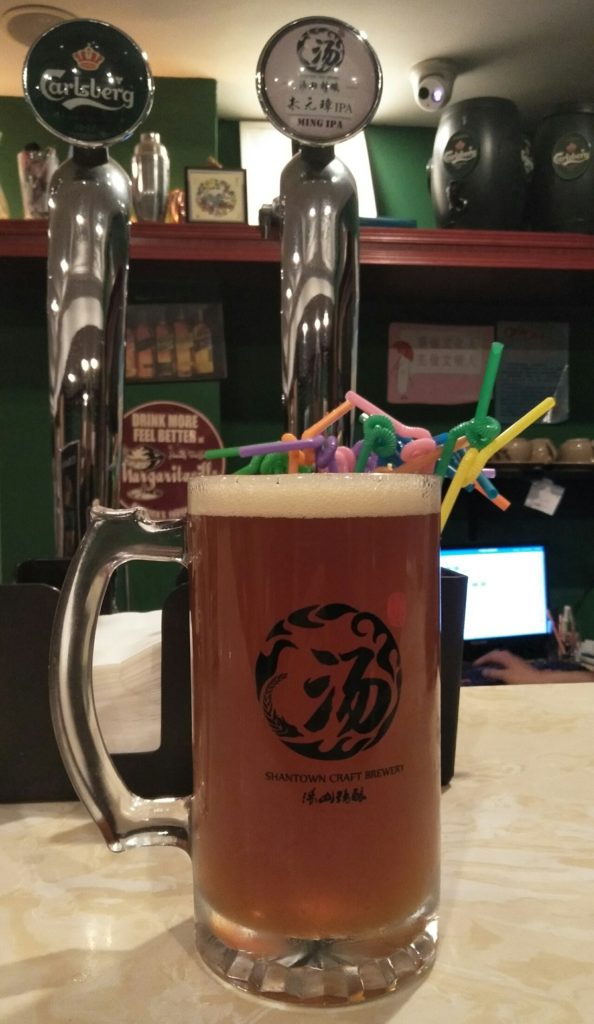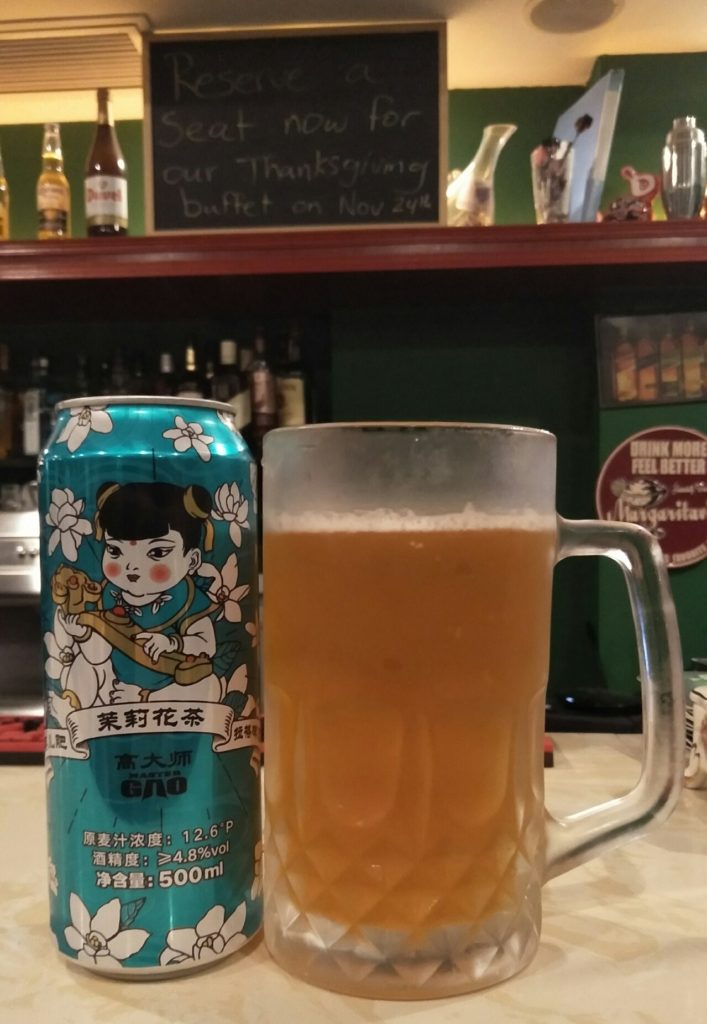Hell, and the doorway to it, can be found in Xinbei. Somebody could accuse me of being facetious, and they would be absolutely, 100% correct! I am not talking about a mythological nether region where the souls of the damned are tormented. Actually, I’m talking about a statuary recreation of an underworld that is part of Chinese Buddhism. The torture meted out in this version of hell can be particularly brutal, but the saving grace is that the damned can pay their karmic debt and eventually be reincarnated. In Buddhism, people are not meant to rot in such a place for eternity.
This display can be found at Wanfo Temple. There was a previous Real Changzhou post about this place more than a year ago, but that was more of explaining what the place was and what it culturally meant. Back then, I found it while riding my ebike in Northern Xinbei. Recently, I figured out how to get there on the public bus.

Going north, I boarded the 36 at a stop in front of Xinbei Wanda Plaza. However, there are stops at points south of here. The 36 originates at the downtown train station and terminates in a part of Xinbei that’s just a couple of kilometers from the city line with Yangzhong. For a large section of the journey, this bus travels north on Tongjiang Road before turning.

Eventually, I found myself in a small town called Weitang 圩塘镇. Instead of giving the street name, I would just say if you see the chimney from the industrial port along the Yangtze River, it’s time to get off the bus.

Walk in a straight line towards that smoke stack. Sometimes, it will be hidden behind a building, but you can still see evidence of it on a clear day.

The walkway might become a bit narrow, as you will end up walking through a working class neighborhood of desolate concrete. However, if you keep walking straight, you will not get lost. And trust me, I have been lost in this neighborhood before; it’s labyrinthine and it’s easy to make a wrong turn. So, I can’t stress how you only have to walk a straight line from the previously mentioned bus stop.

A ticket runs about 10 RMB. Also, there are old ladies nearby that will want to sell you ceremonial incense. I skipped it this time, but a prior time I came here, a packet ran me about 10 additional RMB.


As soon as you see something that looks like Guanyin dispensing mercy to troubled souls, you have almost found Hell.In the background of the above picture, you can see the entrance to the hall.

The above picture doesn’t really do justice the gruesome detail on display here. So, consider this as an advisory. Graphic depictions of violence shall follow.



The above three photos are just a minuscule sampling of what is here. A potential visitor should know that this a real religious site and not a wax museum like Madame Tussaud’s in London. The amount of carnage and brutality on display here may seem outlandish, but this is a place where I have always heard monks chanting in the background — every time I have been here. Christian cathedrals in Europe have been treated like tourist attractions, but visitors are still expected to treat the place with some sense of solemnity. The same could be said for Buddhist temples in Changzhou, China, and elsewhere in Asia.
This post originally appeared on Real Changzhou.




